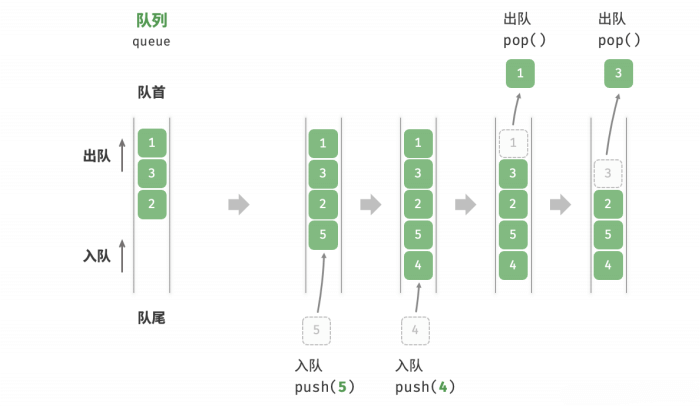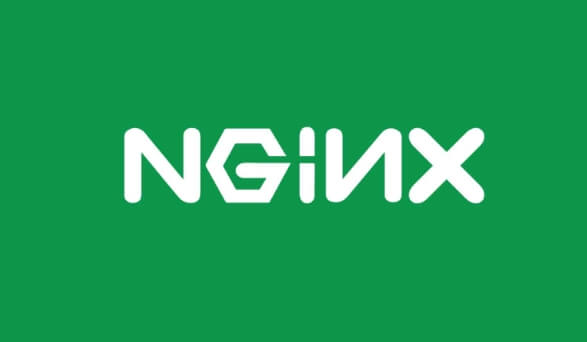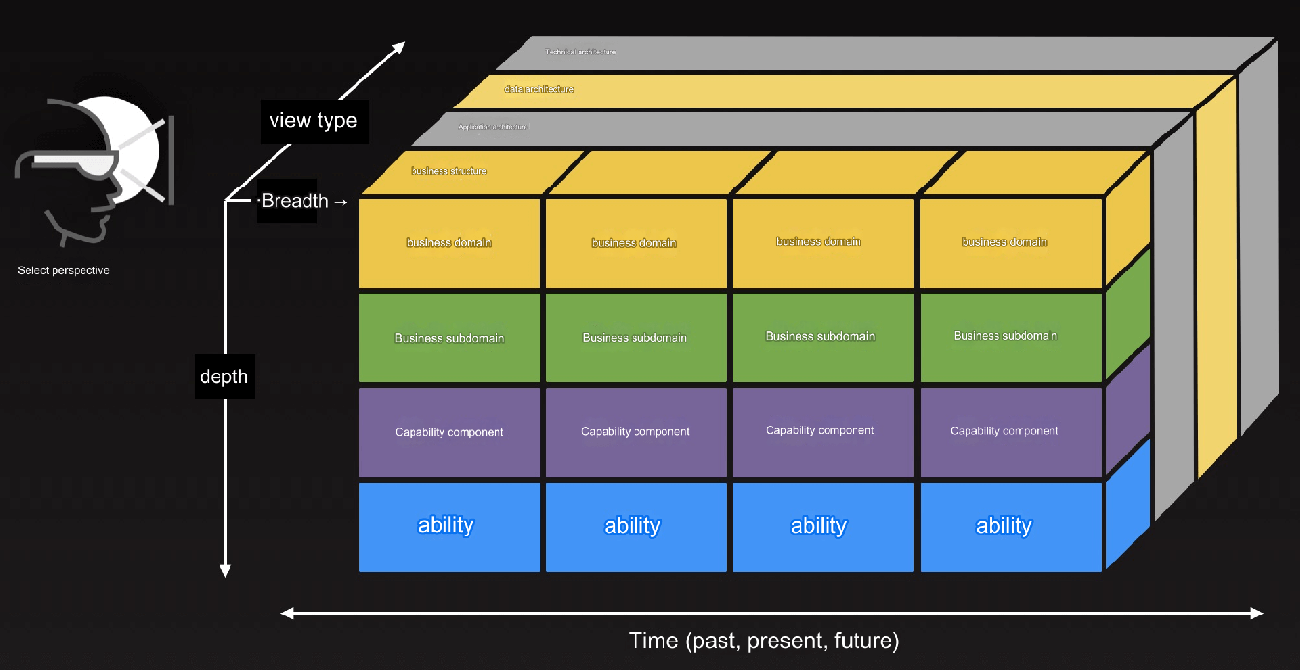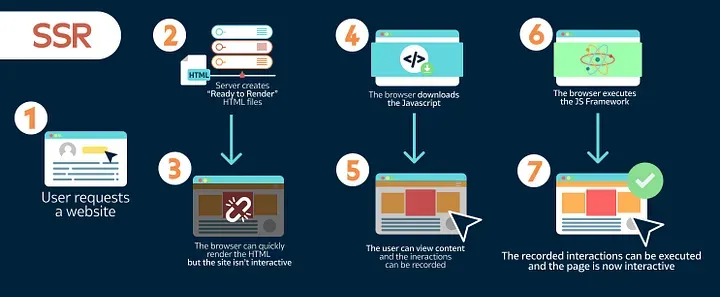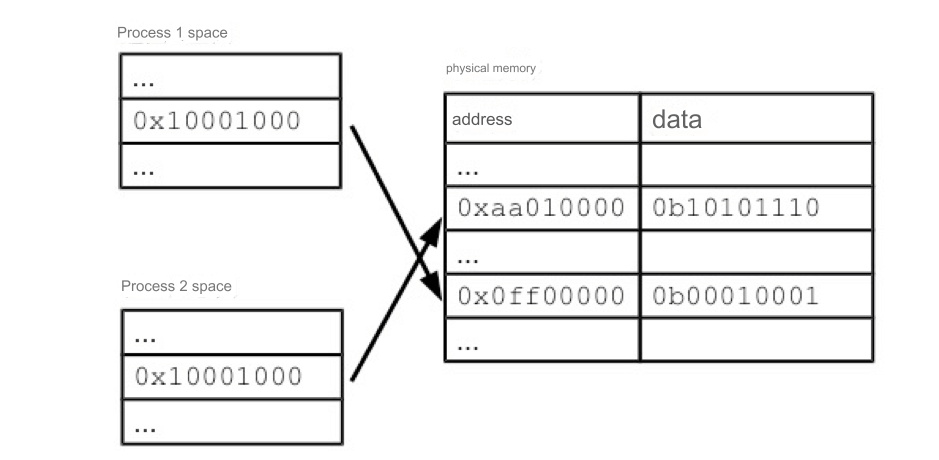Performance issues in system functionality can significantly impact user experience and system reliability. Troubleshooting these problems requires a systematic approach that encompasses information gathering and comprehensive analysis. By following a structured troubleshooting plan, you can effectively identify and resolve performance bottlenecks, ultimately enhancing overall system performance. It's essential to remain flexible and adapt the troubleshooting steps based on specific issues and system architecture.

1. Preliminary Analysis and Information Gathering
Problem Definition:
Clearly define the specific manifestations of the performance issue, such as extended response times, decreased throughput, or high resource utilization. Determine when the problem occurs, its frequency, and under what conditions.
Logs and Monitoring:
Examine system logs, application logs, and database logs for anomalies or error messages. Use monitoring tools (such as Prometheus, Grafana, or New Relic) to review the usage of system resources (CPU, memory, disk, network) and application-level performance metrics (like request counts, response times, and error rates).
User Feedback:
Collect user feedback to understand the impact of the issue on users and the specific scenarios in which it occurs.
2. Locating the Issue
Frontend Performance:
Check the loading time of frontend pages, the order of resource loading, and script execution efficiency. Utilize browser developer tools for performance analysis, looking at network requests and rendering times.
Application Server:
Analyze application server logs for slow requests and exception stacks. Use performance profiling tools (such as JProfiler or VisualVM) to pinpoint time-consuming operations.
Database:
Investigate database query performance and analyze slow query logs. Utilize database performance analysis tools (like MySQL's EXPLAIN or pg_stat_activity) to optimize queries.
Middleware and Caching:
Assess the performance and configuration of middleware (such as message queues and API gateways). Verify the effectiveness of caching strategies to ensure a high cache hit rate.
Third-Party Services:
Examine the system's dependencies on third-party services, checking the performance and response times of calls.
3. Optimization and Testing
Code Optimization:
Focus on optimizing code for identified performance bottlenecks, including algorithm improvements, reducing loops, and enabling concurrent processing.
Configuration Adjustments:
Modify system configurations, such as increasing memory, optimizing database parameters, and adjusting middleware settings.
Load Balancing:
If single-node performance is limited, consider implementing load balancing to distribute request loads.
Stress Testing:
Conduct stress tests after optimizations to simulate high-concurrency scenarios and verify improvements in system performance.
4. Continuous Monitoring and Feedback
Establish Monitoring Systems:
Create a comprehensive monitoring system to promptly identify performance issues.
Regular Reviews:
Periodically review system performance, analyze trends, and prevent potential problems.
User Feedback Loop:
Continuously gather user feedback to ensure that system performance meets user needs.
5. Conclusion
Troubleshooting performance issues is an ongoing process that requires diverse information collection and comprehensive analysis. A structured troubleshooting plan can more effectively identify and resolve performance bottlenecks, improving overall system performance. In practice, it's crucial to adapt troubleshooting steps according to specific issues and system architecture.

